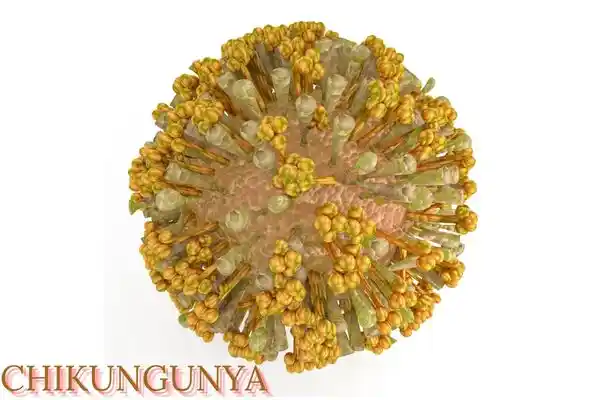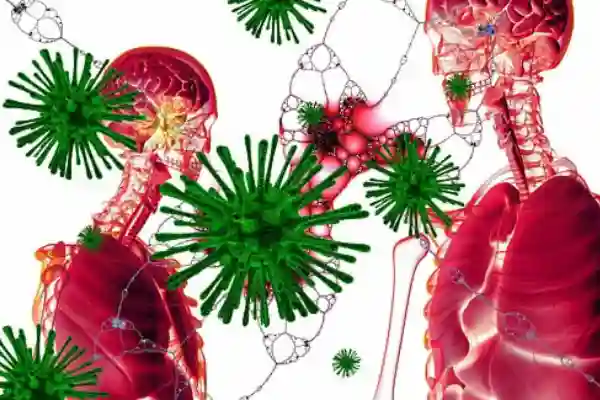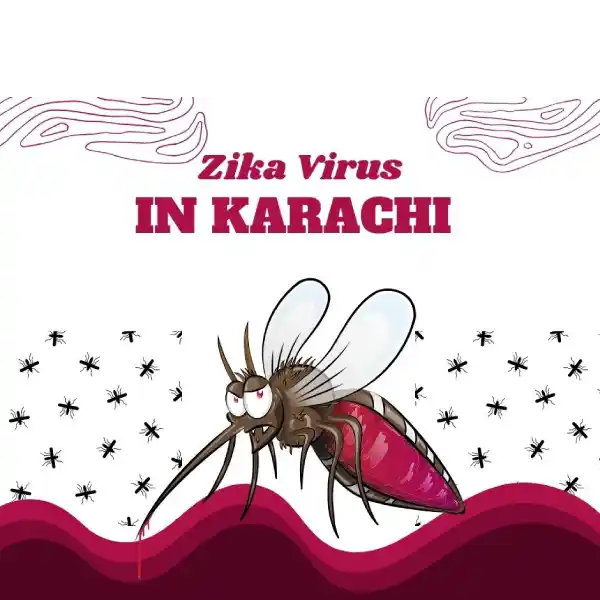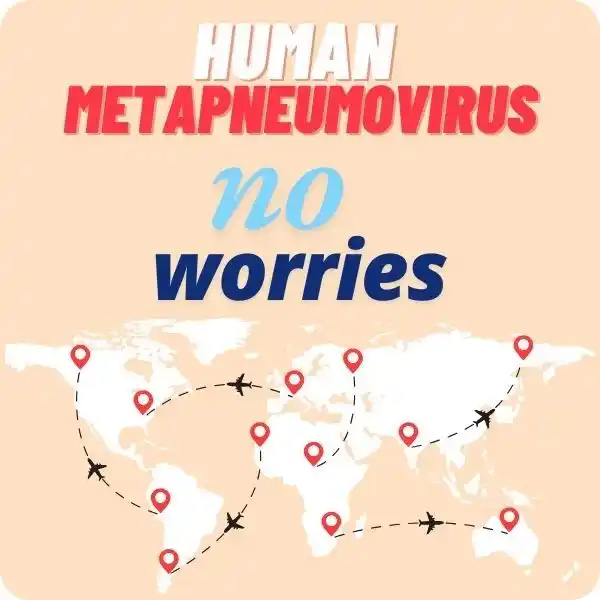Nipah virus in Sindh
Nipah Virus Alert: Sindh on High Alert as Virus Strikes Again

Nipah virus in Sindh
In a harrowing déjà vu, the Nipah virus in Sindh has reared its lethal head once more, this time striking fear in the heart of Sindh, Pakistan.
The virus, notorious for its swift transmission and high mortality rate, has resurfaced after a previous outbreak in Punjab, sending shockwaves through the healthcare system.
The Nipah Virus Resurgence
Nipah virus in Sindh after Punjab.
Sindh now faces a grim reality as the Nipah virus takes root within its borders. The Sindh Health Department has issued a stark advisory, echoing the ominous warning bells from India, where the virus has claimed numerous lives.
Understanding the Nipah Menace
The Nipah virus, scientifically termed NiV, is a zoonotic pathogen that first garnered international attention during a Malaysian outbreak in 1999. Its return in Sindh underscores the relentless nature of this infectious agent.
Current Situation
The Sindh Health Department advisory serves as a stark reminder of the virus’s potency. Hospitals, medical superintendents, directors, and livestock departments across the state have been put on high alert. Vigilance is the need of the hour.
Transmission and Symptoms
Nipah virus symptoms: This nefarious virus is infamous for its speed of transmission both among animals and from animals to humans. It can also spread through direct human contact, making containment a daunting challenge. Symptoms, ranging from fever to coma, are a testament to its potency.
History Repeating Itself
The Nipah virus’s reappearance in Sindh mirrors past outbreaks in Punjab and other regions. With documented cases of human-to-human transmission and the virus’s resilience, the battle against it is far from over.
Preventing the Spread
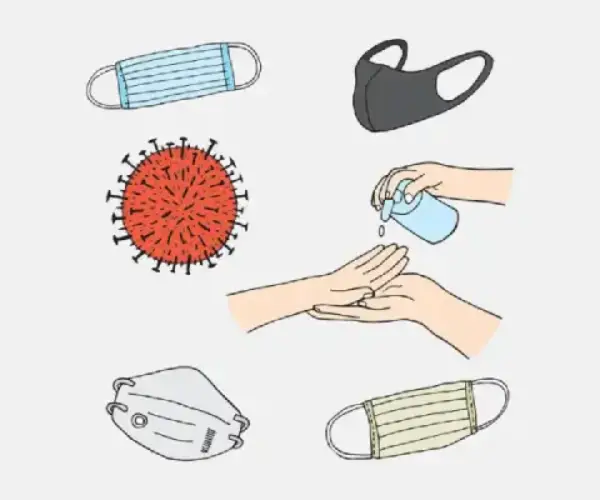
Nipah virus treatment: With no vaccines or specific treatments available, prevention is our most potent weapon. Health authorities and the public alike must practice stringent hygiene measures, maintain social distancing, and exercise caution around animals. The Nipah virus prevention is the best treatment.
Nipah virus mortality rate
The Nipah virus is notorious for its high mortality rate, making it a formidable threat to public health. This deadly pathogen can lead to fatalities in a significant percentage of infected individuals. T
he exact mortality rate can vary from outbreak to outbreak, but it generally ranges from 40% to 75%. This means that a substantial proportion of those who contract the virus may not survive.
The gravity of the Nipah virus is underscored by these statistics, highlighting the urgent need for preventive measures, research into treatments, and public awareness to minimize the impact of this lethal virus on affected communities.
Hope on the Horizon

Though there are currently no licensed treatments, the scientific community remains undeterred.
Researchers are racing to develop vaccines and antiviral therapies to combat this menacing virus.
Updates in this field could change the course of the battle against Nipah.
A Call to Vigilance

To stop the Nipah virus in Sindh, we have to implement precautionary measures.
As the Nipah virus resurgence unfolds in Sindh, the message is clear: vigilance and preparedness are our greatest allies.
We must learn from past experiences and be ready to act swiftly to contain and eventually conquer this deadly foe.
Nipah virus epidemiology:
In the context of the Nipah virus in Sindh a viral transmission from Punjab to Sindh, epidemiology plays a pivotal role in understanding the dynamics of the outbreak. Epidemiologists closely examine how the virus is spreading within the population, pinpointing affected areas, identifying hotspots, and tracking the transmission patterns.
They analyze data on infected individuals, contact tracing, and potential sources of exposure, such as bats and contaminated food. This critical information informs public health strategies, enabling authorities to implement targeted interventions, isolate confirmed cases, and establish quarantine measures effectively.
Epidemiology is the cornerstone of managing the Nipah virus outbreak in Sindh, providing invaluable insights for containment and prevention efforts.All the health professionals need to support the government of Sindh to stop the Nipah virus in Sindh efficiently.
The people of Sindh, together with healthcare professionals and authorities, must stand united in the face of this renewed threat. The Nipah virus demands our unwavering attention and our most robust collective response to ensure the safety and well-being of our communities.




